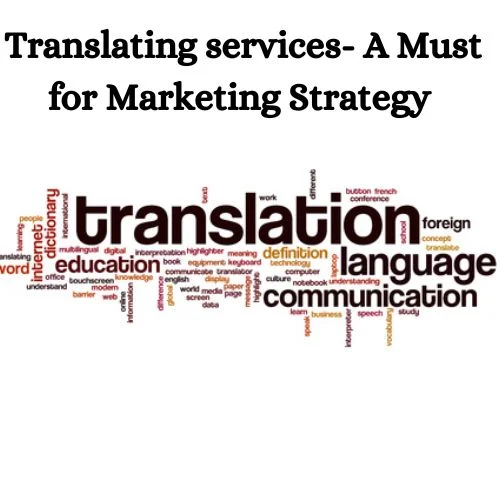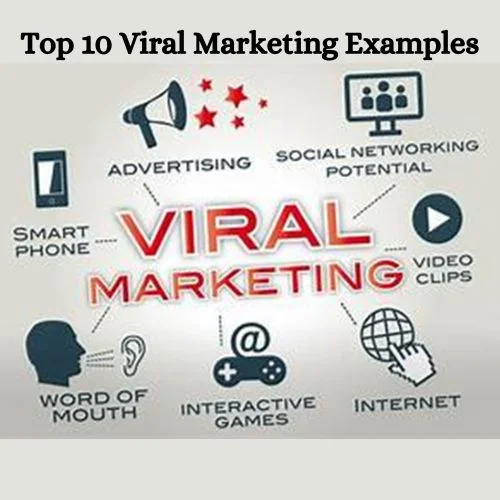Whether you’re a seasoned pro or just starting out, it’s crucial to keep up with the latest branding and marketing trends to remain competitive and relevant in today’s marketplace.
A well-informed brand marketing strategy is essential for building a successful brand and, consequently, a successful business. As we enter the latter part of 2024, branding trends reflect society’s response to recent events. After a tumultuous few years, consumers are now seeking authenticity, transparency, and honesty from the brands they engage with.
These trends imply that businesses are aiming to address the requirements of their customers, ranging from a need for nostalgia and escapism to an emphasis on shared values, connection, and humanity.
In the ever-evolving digital landscape, with advancements like AI and blockchain, staying updated is crucial. The future of digital marketing has become a game-changer in today’s highly interconnected world. It has revolutionized how businesses reach and interact with their customers.
As more and more people make purchasing decisions based on what they see online and on social media, businesses are leveraging digital marketing strategies to establish their brand, boost sales, and stay ahead of the competition.

Let’s delve into the latest business and consumer trends and technologies that are transforming the game for everyone!
- Meaningful Brand Strategy: With the digital-first world becoming the norm, brands must engage with consumers beyond traditional marketing. This means participating in virtual platforms, creating content for them, or even building their own digital experiences. It’s all about forging meaningful connections and showcasing how your brand contributes to society.
- Customer-Centric Hyper-Personalization: Personalization is the name of the game. Brands must deliver unique experiences tailored to each customer while staying true to their brand identity. Thanks to AI and data analytics, marketers can gain insights into customer preferences and create highly personalized campaigns. Putting customers first is the key to success in a competitive market.
- Data-Driven Storytelling: Now, marketers can quantify their impact and see what stories resonate with their audience. Data-driven storytelling allows brands to build narratives backed by evidence, making their messages more compelling and engaging. With real-time customer data, brands can create personalized content that resonates with their target audience.
- Sustainability as a Core Brand Value: Consumers are increasingly demanding sustainability. Brands need to embed sustainability into their core strategies, from supply chains to production processes. By demonstrating a commitment to ethical practices, brands can differentiate themselves and build long-term customer relationships.
- Purpose-Driven Experience: Brands should aim to create meaningful connections with customers through experiences driven by a clear sense of purpose and values. By leveraging technology, brands can educate, inspire, and emotionally connect with their customers.
- Bonus Trend: Don’t forget about Gen Z and Generation Alpha! These digitally savvy generations have significant purchasing power and unique characteristics. It’s crucial to understand their preferences, behaviors, and values to tailor your marketing strategies accordingly.
Understanding these trends and adapting your brand strategy accordingly will help you stay ahead in the ever-evolving marketing landscape.
And there are some brands that are getting it right: They have a knack for it. And it all starts with understanding your target audience, crafting a brilliant marketing strategy, and then taking it up a notch. Let’s take a look!
1. Heinz and Absolut: Sometimes, unexpected collaborations make perfect sense. Take Heinz and Absolut Vodka, for example. They teamed up to launch a limited-edition tomato vodka pasta sauce inspired by Gigi Hadid’s viral TikTok recipe. By tapping into the power of consumer interest, they created a product that was already popular.

2. Heineken: When Heineken wanted to connect with gamers, they looked to Brazil – a place with warm weather, a thriving gaming community, and a huge soccer culture. In their ad, a group of friends plans to hang out by playing video games online. Heineken combines the social side of gaming with a little buzz, speaking the language of their audience.

3. Uber Eats: During the holy month of Ramadan, Uber Eats targeted Muslim consumers by focusing on the daily Iftar meal. They used billboards that showcased signature Iftar dishes and provided delivery options timed perfectly for breaking the fast. By updating the billboards daily to reflect the exact time of sundown, Uber Eats showed they understood and respected the community’s needs.

4. Dove: Authenticity is the trend right now, and Dove nailed it with their #TurnYourBack campaign. They encouraged social media users to step away from appearance-enhancing filters and embrace natural beauty. Dove’s target audience resonated with this message, and their success was boosted by the fact that Dove users are more likely to promote a brand they have a personal relationship with.
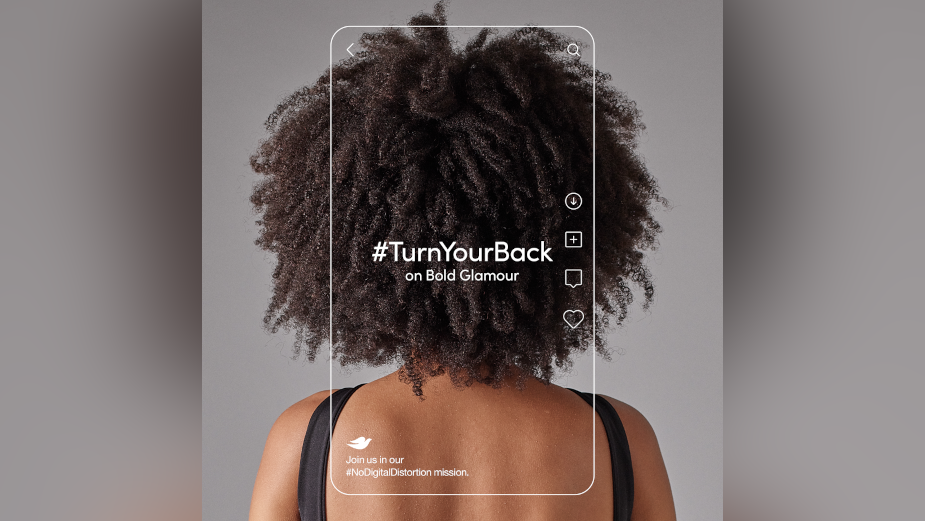
5. Cred: Cred’s ‘Not Everyone Gets It’ campaign was all about capturing the nostalgia of the 90s with popular Bollywood celebrities. But here’s the twist: it aimed to shock viewers with an unexpected ending. The strategy was cleverly designed to target different segments of the Indian audience who grew up in the 90s. These viewers are well aware of the usual dance and drama-filled celebrity ads.
The campaign took a playful jab at the typical approach of hiring celebrities to promote products or services. Instead, the actors were asked to audition, performing all the expected theatrics. However, when it came time for the executive team at Cred to make a decision, they rejected the actors. They opted for a simpler approach, replacing the elaborate performances with a straightforward voice-over that said, “Download CRED.”
This campaign was a hit and received the prestigious Blue Elephant recognition at the 2022 Kyoorius Design Awards.
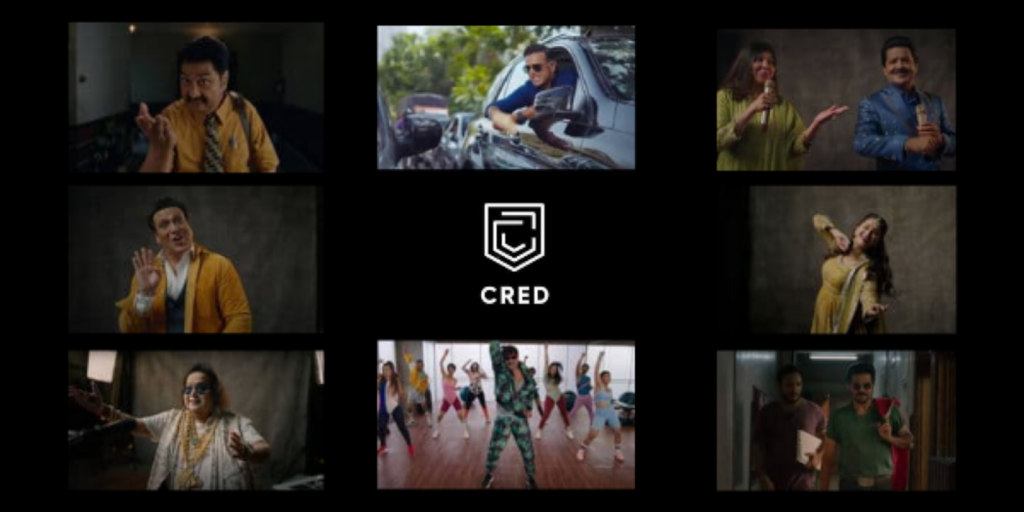
6. Spotify India: ‘There’s a Playlist for That’ campaign, took the traditional billboard approach and made it super cool on social media!
The idea was to capture everyone’s mood and make it relatable. So, they came up with a whopping 3 billion playlists that could suit any mood for any demographic. They used location-based social listening and AI-powered sentiment analysis to create these awesome playlists.
While the billboards were up offline, they went viral online with around 72,000 social media shares. “There’s a playlist for that” became an internet slang sensation. It was a hyper-contextual digital ad campaign that rocked the music scene!
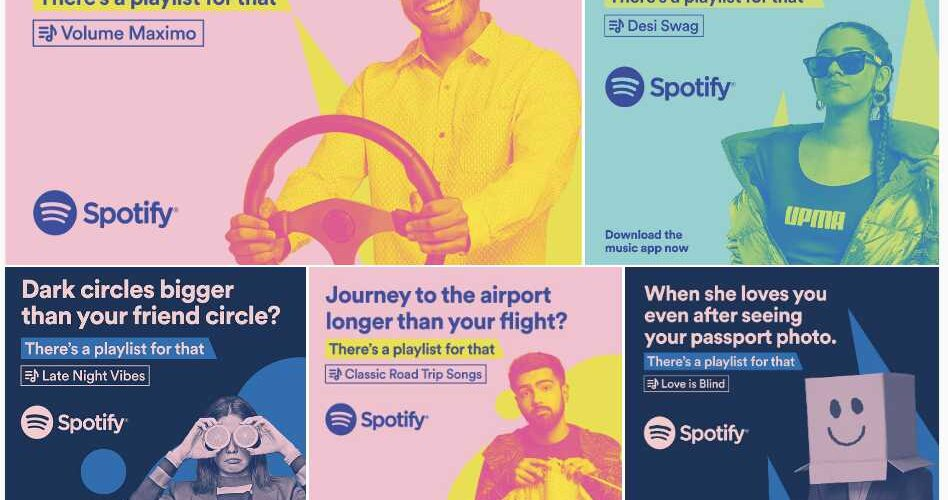
In the end, what matters most is how brands make people feel. As Maya Angelou said, “People may forget what you said or did, but they’ll never forget how you made them feel.”
So, let’s learn from these successful brands and create experiences that truly connect with our audience and leave a lasting impression.
The Future of Marketing: Embracing Technology and Consumer Behavior
So as we look ahead to the future of marketing and branding, it’s clear that these areas will play an increasingly important role in how businesses connect with their customers.
With the rapid pace of technological advancements, some exciting trends are emerging. Platforms like Instagram and TikTok will continue to grow, providing businesses with opportunities to reach new audiences. High-quality and engaging content marketing will remain crucial for building brand awareness and driving conversions. And let’s not forget about the power of influencer marketing, which will help businesses expand their reach and connect with consumers in authentic ways.
Speaking of emerging technologies, there are a few game-changers on the horizon. Artificial intelligence (AI), Augmented Reality/Virtual Reality (AR/VR), and Blockchain are transforming the future of marketing. AI will enable businesses to automate and personalise their marketing messages, delivering tailored experiences to customers. AR/VR will create immersive brand experiences, allowing consumers to interact with products and services in exciting new ways. And Blockchain technology will provide greater transparency and security in data sharing, which is a win for both businesses and customers.
However, as with any future developments, there will be opportunities and challenges for businesses in the realm of digital marketing and branding.
On the opportunities side, businesses will have the chance to expand their geographical reach and develop their brands on a global scale. The digital landscape makes it easier to adopt and modify marketing strategies to fit changing consumer preferences.
But, of course, there are challenges too. Privacy regulations and data protection laws are constantly evolving, adding complexity for businesses to navigate. Adapting to the ever-changing marketing landscape will be key to success.
When it comes to consumer behaviour, branding and advertising have a significant impact in this digital age.
For consumers, there are pros and cons to consider. On the positive side, consumers have access to more information, enabling better purchases. However, targeted ads and marketing messages that appear on social media and other platforms can sometimes feel intrusive.
To adapt to changing consumer behavior, businesses can focus on providing customer value in their marketing campaigns. Creating interesting and informative content will go a long way. Building customer relationships through various channels, including social media, will also help businesses stay connected with their audience.
So, as we embrace the future of marketing and branding, let’s be prepared for the exciting opportunities and challenges that lie ahead. By staying adaptable and putting the customer first, businesses can thrive in this ever-evolving digital landscape.
FAQs
- What are some key branding trends in the digital age?
Some key branding trends in the digital age include meaningful brand strategy, customer-centric hyper-personalization, data-driven storytelling, sustainability as a core brand value, purpose-driven experiences, and understanding the preferences and values of Gen Z and Generation Alpha.
- How can brands forge meaningful connections with consumers in the digital age?
Brands can forge meaningful connections with consumers in the digital age by participating in virtual platforms, creating content, and building their own digital experiences. It’s important to showcase how your brand contributes to society and engage with consumers beyond traditional marketing methods.
- Why is sustainability important for brands in the digital age?
Sustainability is important for brands in the digital age because consumers are increasingly demanding ethical practices. By embedding sustainability into their core strategies, brands can differentiate themselves and build long-term customer relationships.
- What role does technology play in the future of marketing and branding?
Technology plays a crucial role in the future of marketing and branding. Platforms like Instagram and TikTok provide opportunities for businesses to reach new audiences, and emerging technologies such as AI, AR/VR, and Blockchain are transforming marketing by enabling automation, immersive experiences, and data transparency.
- What are some opportunities and challenges businesses may face in digital marketing and branding?
Some opportunities in digital marketing and branding include expanding the geographical reach and developing brands on a global scale. However, challenges include navigating privacy regulations and data protection laws, as well as adapting to the ever-changing marketing landscape.
- How can brands utilise augmented reality (AR) and virtual reality (VR) in their marketing strategies?
Brands can utilise AR and VR to create immersive brand experiences for consumers. These technologies allow consumers to interact with products and services in exciting new ways, providing a deeper level of engagement and enhancing the overall brand experience. By integrating AR and VR into their marketing strategies, brands can stand out and capture consumer attention in the digital age.
- How can businesses stay competitive and relevant in the digital age?
Businesses can stay competitive and relevant in the digital age by keeping up with the latest branding and marketing trends, embracing technology advancements, and continuously adapting their brand strategies to meet customer needs.









